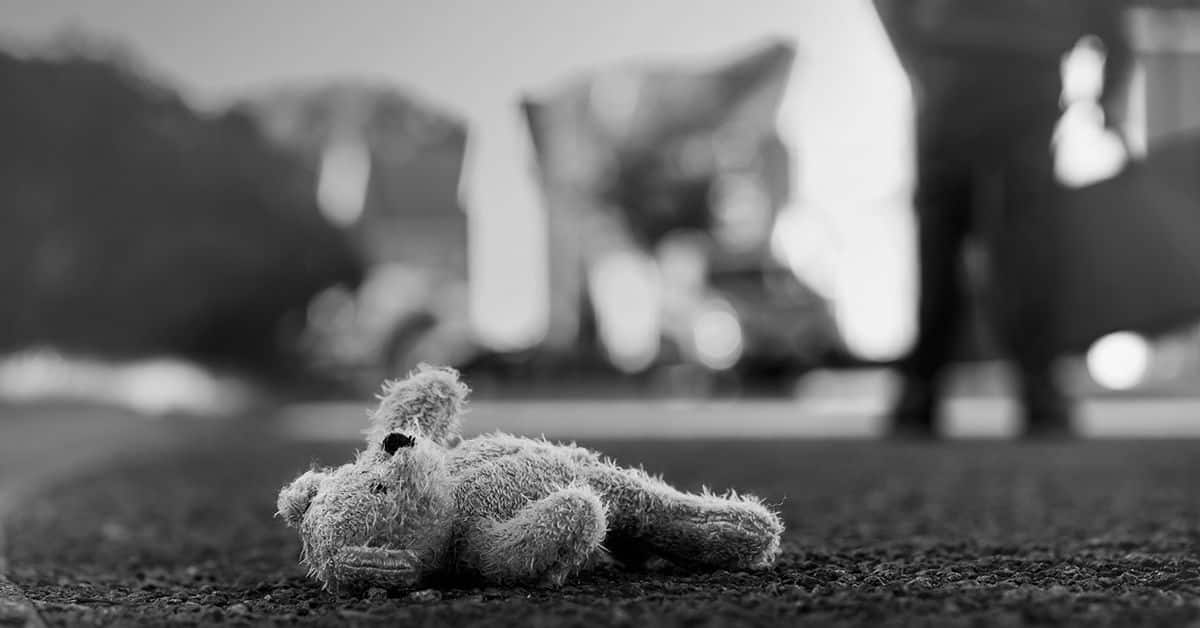By: Attorney Valerie B. Calistro, Managing Partner
“Human Trafficking” is known as an “invisible crime” because it’s all around us, but a lot of us don’t see it, or are ignoring the signs. As much as no one wants to talk about it, it’s important that we do. Unfortunately, the sad reality is that child sex-trafficking is an epidemic in this day and age. While many people would consider this crime horrific, we as a society are turning a blind eye to this issue.
Human trafficking is a multi-billion-dollar industry. Definitive numbers regarding the exact number of child victims of sex trafficking in the United States remain unknown. However, it is estimated that 300,000 Americans younger than 18 are lured into the commercial sex trade every year. According to the U.S. Department of Justice, human trafficking is the second fastest growing crime in the country and is on the rise in cities and towns in all 50 states.
Human trafficking does not necessarily include the actual movement of a person. Unlike smuggling, which is typically consensual, trafficking is the exploitation of another through force, fraud or coercion. There is also a misconception that such trafficking only happens in Third World countries. That’s a big myth. It happens right here in our own backyard.
The average underage victim in the U.S. will enter prostitution or pornography between ages 12 to 14, and is typically sold for sex 10 to 15 times per day. In contrast to adult women, who earn an average of $20 to $50 per hour, children can make up to $400 per hour for their pimp or trafficker.
Although anyone can be a victim of trafficking, traffickers tend to target vulnerable populations like homeless youth and victims of prior abuse by offering to meet the children’s basic needs for food, money and affection. It’s not always a snatch and grab situation. Many traffickers actually initiate children into sex work. They are very good at recognizing and manipulating vulnerabilities.
Increasingly children are being recruited, advertised and exploited online, along with social media and apps. Often people responding to online advertisements will not communicate with the trafficker but the victim instead, making it difficult for perpetrators to be identified.
The issue is starting to get more traction. In Connecticut, the legislature tightened the law in 2016 and in their 2017 session, lawmakers created the new crime of commercial sexual abuse of a minor and made it a class A or B felony. A convicted trafficker could get as much as 20 or 25 years, depending on the victim’s age. This past June 2018, New York lawmakers finally passed a bill to toughen New York’s notoriously weak child sex trafficking laws. The revised rules will punish anyone over the age of 21 who intentionally promotes or profits from the prostitution of minors with a felony sex trafficking charge, facing up to 25 years behind bars.
It is the hope that lawmakers nationwide will give this pressing issue the attention it deserves. But it comes down to us, the citizens. Vigilance and awareness are critical to reducing and eliminating child trafficking. Anyone with concerns or suspicions about potential exploitation must speak up.
To report a child who you suspect is being victimized:
- Call the toll-free (24/7) National Human Trafficking Resource Center at 1-888-3737-888.
- Text HELP or INFO to BeFree (233733).
- To report a child being victimized in Connecticut, call the Careline at 1-800-842-2288.
Tips for Keeping Kids Safe -What We Can Do As Parents And Adults To Protect Our Kids:
- Educate your children about human trafficking.
- Communicate with your children, and let them talk to you without judgment. They need to know they are safer with you than anywhere else.
- Technology is a big part of how sex trafficking happens with youth. Know your children’s passwords and what is on their phone.
- Know where your children are. GPS tracking devices which can be placed on phones, clothes, and in backpacks can help parents and authorities track children and find them if they go missing.
- Get to know your children’s friends and who they are spending time with.
- Get youth involved in community groups, sports, music, community service, etc. Surround them with positive peer pressure.


